International Academy of Mediators Newsletter (September 2008)
BOOK REVIEW:
(American Bar Association 2008)
Book review by Joe Epstein (Conflict Resolution Services, Inc., [email protected])
As the regular book reviewer for the International Academy of Mediators, I have the opportunity to read many fine books. From some I have gained insights and understanding that I hope have found their way into my mediation practice, and others have provided re-enforcement and clear rationale for practices and techniques I had instinctively adopted. Gary Friedman and Jack Himmelstein’s book, Challenging Conflict: Mediation Through Understanding, is quite simply profound.
- Reliance on the “power of understanding rather than the power of coercion”
- The parties have the “primary responsibility” for determining whether and how the dispute needs to be resolved
- The parties are “best served by working together”
- “[C]onflicts are best resolved by uncovering what lies under the level at which the parties experience the problem”
The authors work through a series of ten case studies that range from a multimillion dollar business dispute to a public interest dispute involving a non-profit environmental group, and from a labor dispute at the San Francisco Symphony to a single family construction defect case involving insurance. Relationships and emotional issues are a core component in each of the conflicts. Money is also an important factor in a number of the disputes, but insurance is a factor in only two. This is relevant because the authors propound a non-caucusing mediation process. I wonder how their approach would work with products liability, catastrophic injury, and personal injury cases where emotional factors are frequently an important factor on at least one side of the table, but where relationship factors are not predominant. Nor do the authors offer examples of medical malpractice or employment cases where relationship issues and emotions may well be very significant, but where insurance carriers frequently exercise significant control over the defense side of the mediation process. Nevertheless, I believe this is a powerful book with profound insights. Clearly, there are many conflicts where the authors’ non-caucusing approach can be fully utilized and other instances where elements of their technique can profitably be used.
In addressing neutrality, the authors speak of “positive neutrality” and pointedly state that (p.199; see also p. 204): “Rather than seeking to be equally distant from each party, we strive to be equally close.”
In reviewing this book, I willingly read it three times – highlighting the first time, underscoring the second, and finally starring the most important items. By the time I finished, I felt I would enjoy and profit from a training program with the authors. Clearly, I highly recommend this fine book.
